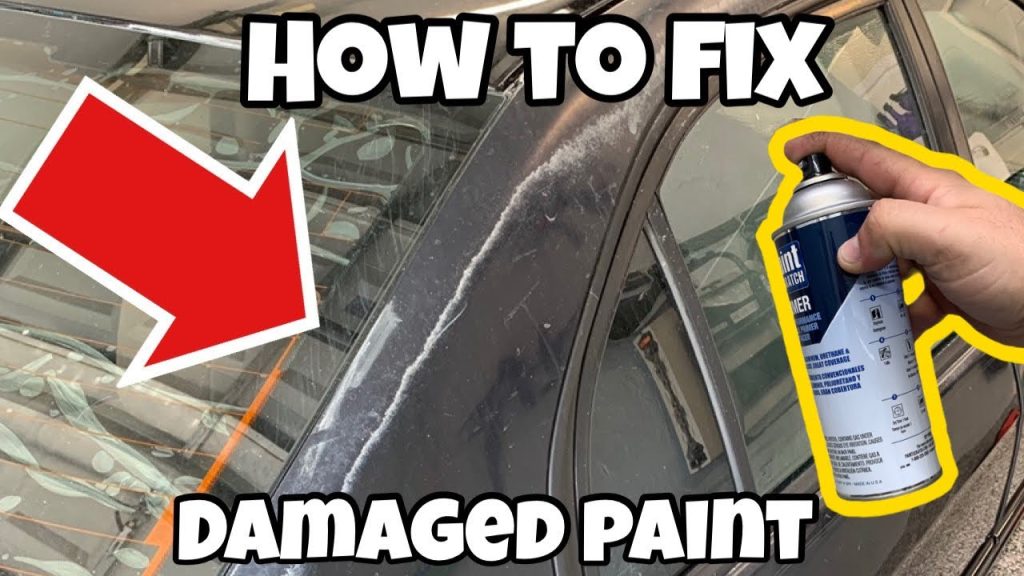

**A Detailed Manual for Fixing Peeling Car Paint**
Peeling car paint, commonly known as delamination, is a frequent problem that can diminish both the aesthetics and worth of your automobile. This manual will guide you through the steps of fixing peeling paint, assisting you in rejuvenating your vehicle’s finish and safeguarding it against additional harm.
**Recognizing the Reasons for Peeling Paint**
Before starting the repair work, it’s crucial to identify the reasons behind paint peeling. Typical causes include:
1. **Inadequate Surface Preparation**: If the surface wasn’t sufficiently cleaned or primed prior to painting, the paint may not stick effectively.
2. **Environmental Influences**: UV rays, moisture, and variations in temperature can compromise the paint’s adhesion.
3. **Substandard Paint**: Utilizing low-quality paint products can result in early peeling.
4. **Wear and Tear**: With time, even well-applied paint can begin to deteriorate and peel.
**Necessary Tools and Materials**
To fix peeling paint, you will need the following items:
– Sandpaper (various grades)
– Primer
– Automotive paint (color-matched to your vehicle)
– Clear coat
– Masking tape
– Drop cloths or plastic sheets
– Spray gun or paintbrush
– Polishing compound
– Microfiber cloths
– Safety equipment (gloves, mask, goggles)
**Step-by-Step Repair Procedure**
1. **Preparation**
– Clean the affected area thoroughly to eliminate dirt and debris.
– Completely dry the area before continuing.
2. **Sanding**
– Begin with sandpaper (120-grit) to eliminate the peeling paint and any rust.
– Gradually progress to finer grits (up to 400-grit) to smoothen the surface.
– Make sure the edges of the remaining paint are feathered to merge with the repair area.
3. **Masking**
– Utilize masking tape and plastic sheets to guard areas that won’t be painted.
– Shield windows, trim, and other sections of the car.
4. **Priming**
– Apply a layer of primer to the sanded section to ensure the new paint adheres properly.
– Let the primer dry completely as per the manufacturer’s guidelines.
5. **Painting**
– Use a spray gun or brush to apply the automotive paint, ensuring it matches the original color.
– Prefer multiple thin layers over a single thick layer to prevent runs and drips.
– Allow each layer to dry before proceeding with the next.
6. **Clear Coating**
– Once the paint has dried, apply a clear coat to safeguard the new paint and provide a glossy look.
– Apply several layers, allowing each to dry thoroughly.
7. **Polishing**
– After the clear coat has cured, utilize a polishing compound to blend the new paint with the existing finish.
– Buff the area with a microfiber cloth for a smooth, shiny result.
**Avoiding Future Peeling**
To avert peeling in the future, keep these suggestions in mind:
– Regularly wash and wax your car to shield the paint.
– Park in shaded spots or use a car cover to limit UV exposure.
– Promptly address chips and scratches to stop them from spreading.
**Conclusion**
Fixing peeling car paint demands time and attention to detail, but with the appropriate tools and methods, you can rejuvenate your vehicle’s look. By comprehending the causes and adhering to this detailed manual, you’ll be equipped to effectively manage peeling paint, ensuring your car remains visually appealing for many years ahead.






